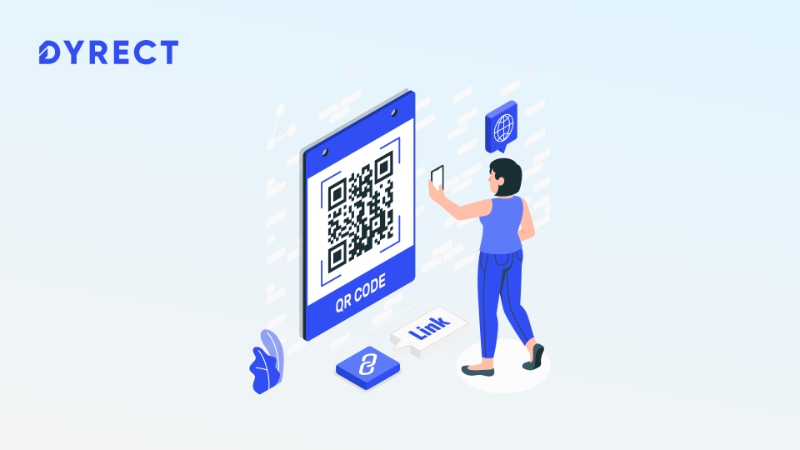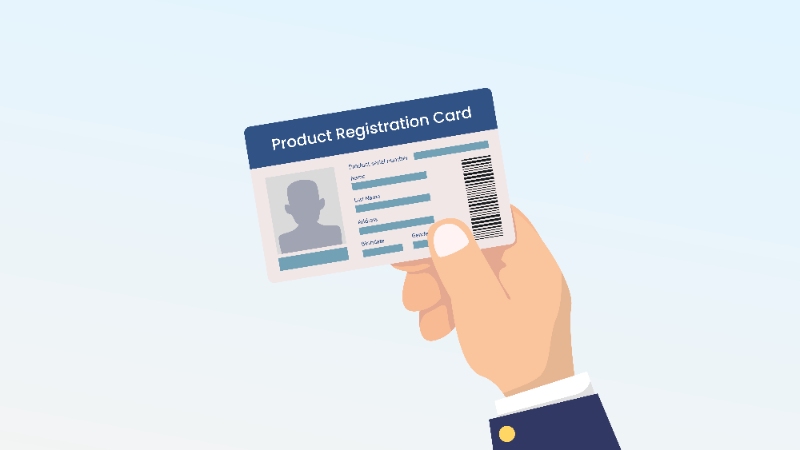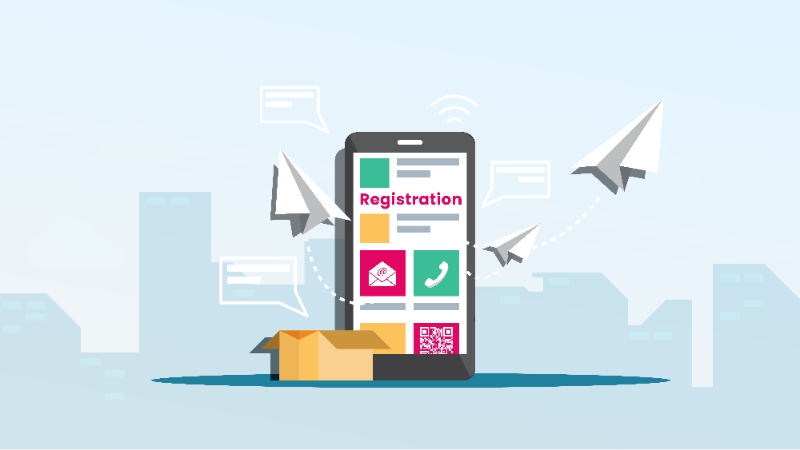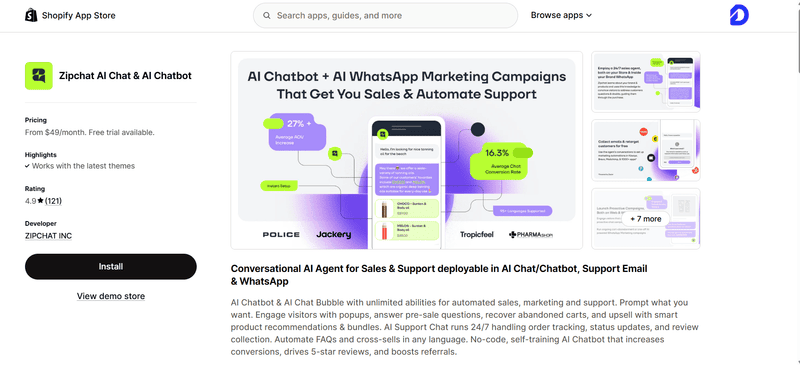
Let’s start with an interesting statistic. Over 60% of all sales on Amazon’s website in the US are SMBs. This is often because of the complexity and costs involved with running an independent ecommerce business.
The trade-off is that unfortunately, third-party websites like Amazon do not give sellers access to customer data, also known as first party data. This data is crucial for small and medium sized businesses to build post-purchase customer experiences.
If you’re an SMB facing this situation, don’t worry. You can still get access to this all important first party data by encouraging product registration among your customers.
Here’s a quick guide to the process of product registration and some best practices.
What is product registration?
Product registration is the process of customers registering their purchases with the seller. By doing so, things like setting up the new product, returns, warranty claims and accessing special offers become easier for the customers.
On the other hand, product registration gives SMBs access to customer data, allowing them to cross-sell, upsell, set up loyalty programs, offer discounts and more.
The details customers are required to furnish while registering their product include product details, such as the make and model, date of purchase, as well as their personal information, including phone numbers, email addresses, dates of birth and more.
The evolution of the product registration process
A recent study by the University of Michigan showed that only 6.1% of all respondents always register their purchases. In fact, even a lot of manufacturers claim that a maximum of 20% of their customers bother registering their purchases.
While people tend to register their more expensive purchases, one of the main reasons for the low rate of product registration is because people find the process to be too time consuming and inconvenient.
That, however, is a totally addressable concern.
The traditional product registration process

Traditionally, manufacturers and resellers used to employ registration cards that were inserted into the product packaging. Customers were expected to manually fill up these cards and ship them back to the manufacturer.
Businesses then spent time and resources to store this customer information.However, the traditional method was fraught with challenges.
The process took a lot of time and effort, be it filling in the information, sending it by snail-mail or converting the information into an easily storable format.
It was also prone to errors, since it was all done manually.
Storing, tracking and managing this data was expensive, inaccurate and not entirely secure.
With the advent of mobile internet, cloud computing and other technologies, product registration is now a faster and much more secure process.
The digital product registration process
Product registration now is a paperless, contact less digital process that takes less than a minute for customers to complete. All you need to do is print a unique QR code on your product packaging.
When your customers scan the QR code using their smartphones, they are immediately redirected to your product registration page.
Then, all your customers need to do is enter their details, and click on the “Submit” button.
Advantages of the digital product development process
It is paper-free, contact free and entirely online. This appeals to the younger demographic.
An easier registration process leads to an increase in product registrations, and as a result, you get access to more customer data.
Without having to spend money repeatedly on registration cards, the digital product registration process saves you time and money.
The right QR code vendor can offer you peace of mind, thanks to security features such as authorized platform access and customized domains. These measures ensure the risk of data theft during the registration process is greatly reduced.
Digital product registration best practices
Let’s now look at some industry best practices that are sure to help you make the most of the digital product registration process.
Ensure your Qr code is easily visible.
Customize your QR code to make it more recognizable by using your brand colors, logo, shapes, CTA and more.
Offer your customers an incentive for registering, such as discounts on their next purchase, additional warranty coverage or free installation.
Add a clear call to action to ensure your customers know what they need to do, such as “Scan here to register your new product now!”

Offer omnichannel product registration. This means offering your customers the choice of being able to register their products, using multiple channels, including social media messaging, phone calls, SMS, chat and QR code scanning.
Choose Dyrect’s one-click QR code product registration
There is a reason why Dyrect is the world’s number 1 product registration software: our QR code product registration process is fast, seamless and hassle-free. Here’s how user friendly the process is.
The customer scans the QR code on their smartphone, and is immediately redirected to your product registration page.
The customer signs in using their Google account, Facebook or TrueCaller Id. This automatically populates the first party data for you, and ensures they never need to bother about remembering passwords.
The customer receives a confirmation that their new product has been registered.
The entire process takes less than a minute, and in return, you get to build omnichannel post-purchase experiences, launch customer loyalty programs, offer world-class customer support and more.
Book a demo with Dyrect today, and learn how choosing us as your QR code software opens up doors to unparalleled post-purchase opportunities.



